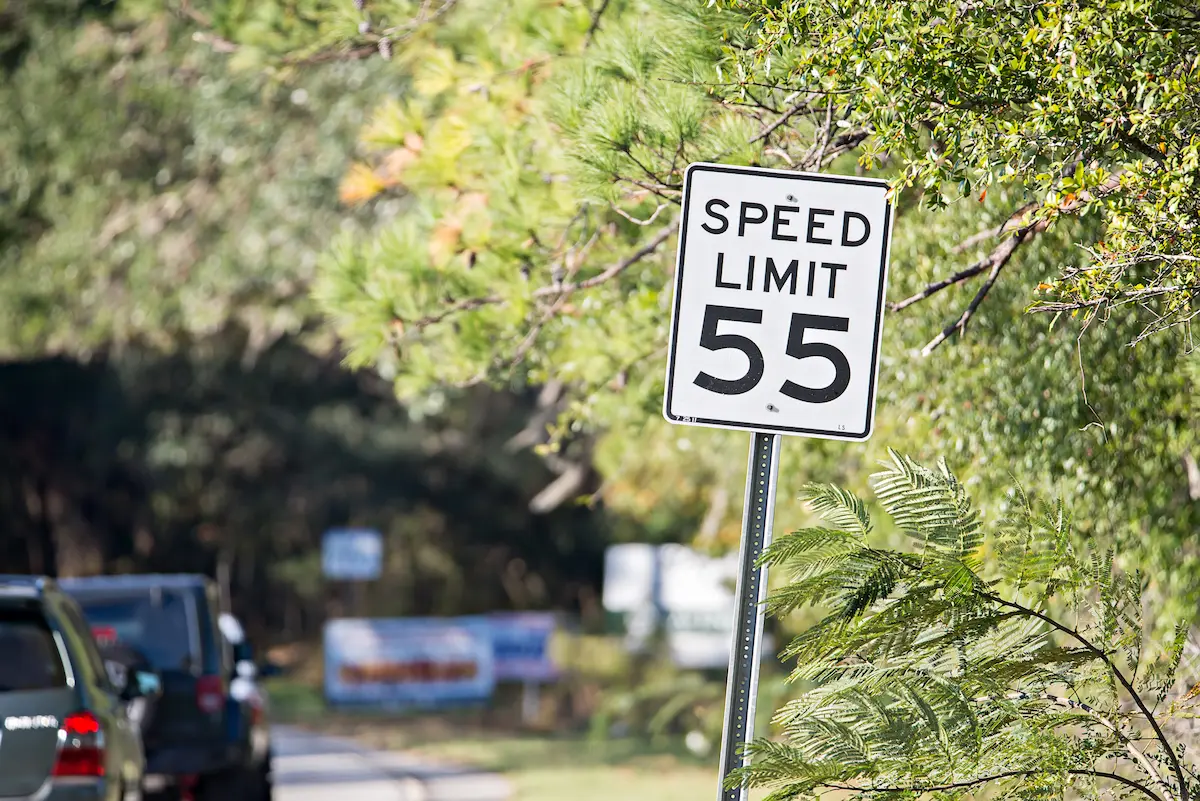
In Minnesota and across the country, speed limits tend to be set by the “85th percentile rule”, which states that speed limits should be set at or below the typical speed drivers travel on a given road. The fundamental problem with this approach is that it leads to perpetually higher speed limits over time.
Higher speed limits are proven to increase severe injury and death rates. A 2009 study found that increased speed limits across the US from 1995–2005 resulted in an increase in deaths by more than 3.2% (even higher when just considering interstates), a staggering toll when put into context: as a result of increased speed limits alone, 12,545 excess deaths and 36,583 injuries occurred.
Minnesota has dual pressures to increase speed limits–not only is the 85th percentile rule the recommended approach for traffic engineers, but Minnesota also increased speed limits on many roads in 2015 from 55 MPH to 60 MPH. The change, even opposed by the trucking industry at the time, made many roads less safe for drivers, pedestrians, and cyclists.
As another example of Minnesota’s flawed approach to setting speed limits, MnDOT has long resisted community calls to lower the speed limit on Olson Memorial Highway, which is set at 40 MPH, though many drivers travel much faster. Olson Memorial Highway has long been a high-injury street, with numerous severe and deadly crashes over the past decade. A pedestrian hit by a vehicle traveling 40 MPH has just a 15% chance of surviving, compared to a 95% chance of surviving if the vehicle is traveling 20 MPH.
The legislature should undo the 2015 change and return speed limits to 55 miles per hour. Furthermore, the legislature should follow the State of Colorado’s example and direct MnDOT to change the way that speed limits are set in the state, prioritizing safety and accessibility over the 85th percentile rule.
Finally, the legislature should direct the Minnesota Department of Transportation to lower the speed limit on the portion of Olson Memorial Highway within Minneapolis to 25 miles per hour, which is consistent with other arterial streets in Minneapolis, and to implement additional interim roadway design changes and safety improvements to support the reduced travel speeds and pedestrian safety.
Ask your legislators to reform state speed limits.
Take action and contact decision-makers.